Tenses: Tips And Practice
“Tenses: tips and practice” provides you with tips to follow so as to know how to use tenses correctly in addition to exercises for practice.
No products in the cart.

“Tenses: tips and practice” provides you with tips to follow so as to know how to use tenses correctly in addition to exercises for practice.
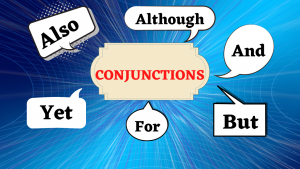
In the following exercise, you will practice the use of conjunctions and know how they differ from one another.

Prepositions of time are parts of speech that identify time relationships between the doer and the action or the time when something happens.
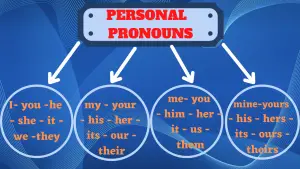
Personal pronouns are short parts of speech that are primarily associated with persons and are used to replace nouns so as to avoid repetition
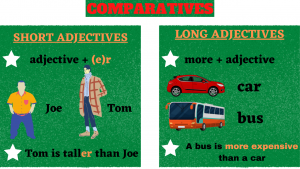
Comparatives are forms of adjectives used to compare two things so as to show the differences between them.
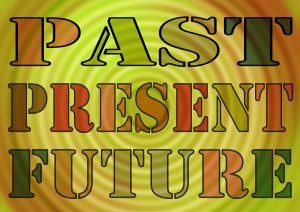
The following table (All Tenses table – page 1) illustrates the form and function of the present simple, present continuous/progressive, and past simple.

All-tenses table (page 2): past continuous/progressive, present perfect simple, present perfect continuous, form, functions and exercises.

In All-Tenses Table (page 3), you will learn how to use the near future (be going to+verb), future continuous , and future perfect.

“All-tenses table (page 4)” illustrates the form and function of the past perfect simple, past perfect continuous, and future simple.

The future continuous is one of the important tenses in English which is used to talk about continuous actions in the future time.
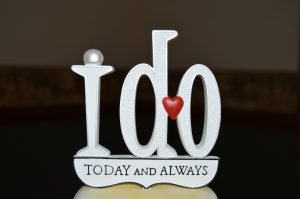
The present simple is a tense that is used to talk about present actions. Particularly, actions that we do repeatedly, or regularly.

The present continuous, also called the present progressive, is used to talk about actions that are happening at the time of speaking.